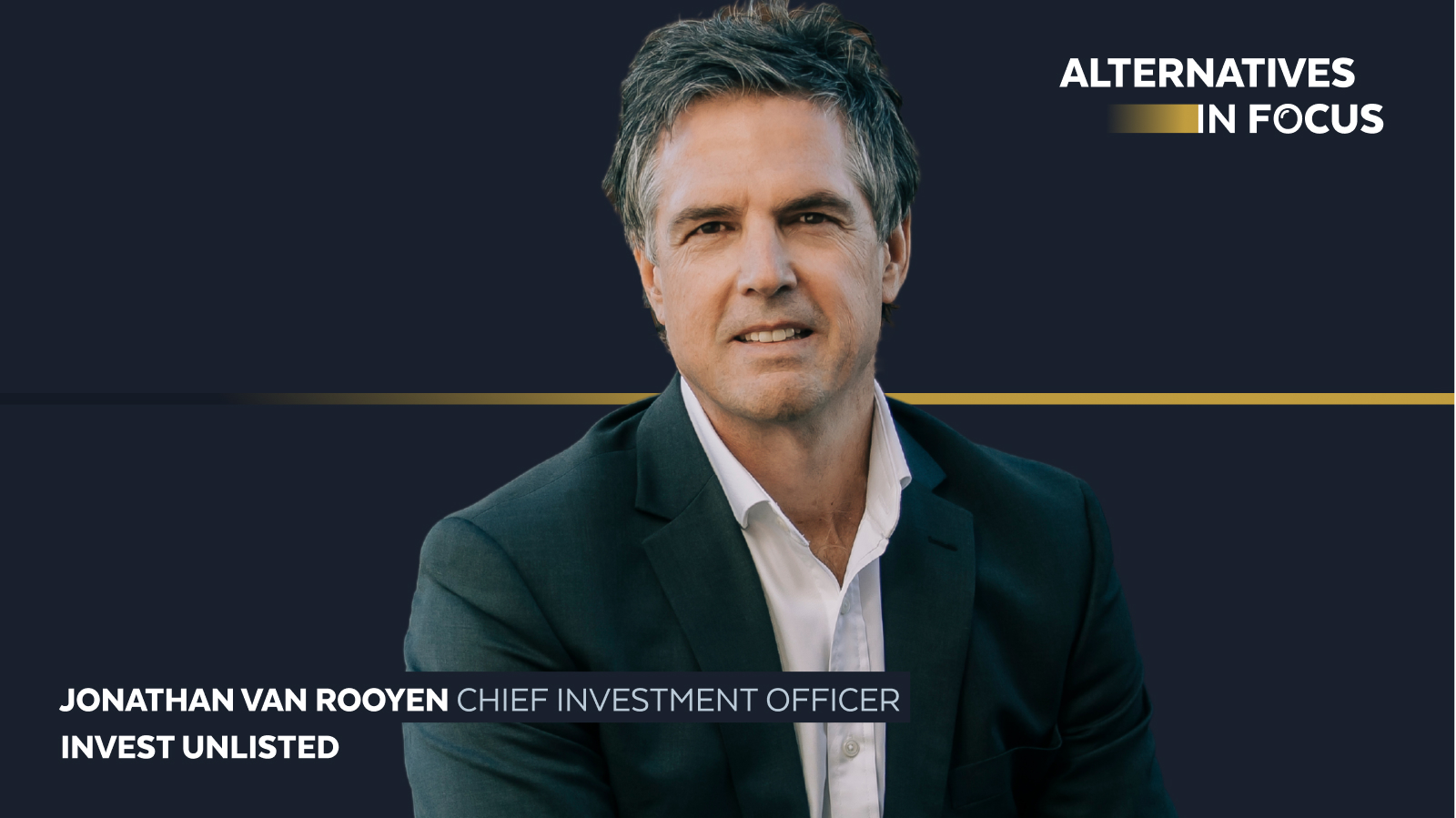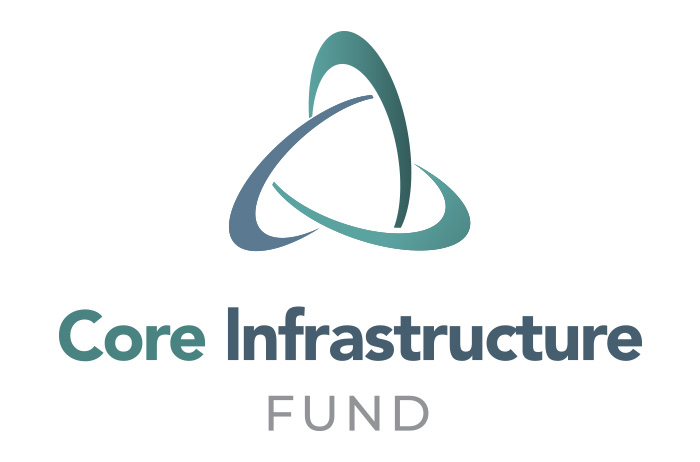There's another way to invest in critical infrastructure assets
When the $32 billion deal marking Sydney Airport’s exit from the boards of the ASX was completed earlier this year, one of the nation’s best-known listed infrastructure assets disappeared off the radar for thousands of Australian retail investors.
It was scooped up by a consortium that included US private equity firm Global Infrastructure Partners, the Australian and global arms of IFM Investors (33%) and local superannuation funds Unisuper (15%), AustralianSuper and QSuper (7.5% each).
But as Jonathan van Rooyen explains in the following interview, there’s another way to invest in the asset class. No fewer than eight airports are held in the portfolio of Invest Unlisted’s Core Infrastructure Fund that was established back in 2015.
Telecommunication towers, toll roads, and utility companies in the businesses of water and electricity transmission from Australia and around the world – all unlisted – also rank among the list of 60 assets the fund holds.
Van Rooyen believes this asset class can play an important diversification role in the portfolios of any Australian wholesale investor, including self-managed super funds, with a recommended portfolio allocation of between 5% and 15%.
And at a time when central banks around the world are lifting cash rates to battle rampant inflation, the unique advantages of the asset class are further magnified, as van Rooyen explains in the Fund Manager Q&A below.

How did unlisted infrastructure evolve—and what makes this asset class valuable now in a rising inflation environment?
Let me start by saying that “listed” infrastructure has existed for around 15-years. But it’s really just been a proxy infrastructure allocation for wholesale or SMSF investors and their trusted advisers.
Why is that? Because “unlisted” infrastructure has only been accessible to large institutional investors and industry funds. Acquiring airports, toll-roads, or electricity transmission businesses has traditionally required the ability to write cheques that run into the billions of dollars.
That’s where our Core Infrastructure Fund comes in - a diversified, accessible unlisted infrastructure fund that – for the first time – packages these assets for Australian wholesale investors.
In the current environment of rising inflation and interest rates, we regard this asset class as holding two unique benefits to offset these challenges:
- Contractual positions: infrastructure assets are largely positively correlated with inflation – either through long-term contractual arrangements or regulatory price reset processes. This is because most regulated infrastructure assets are high in capital intensity (they require a lot of ongoing expenditure). They also require long-term pricing mechanisms that typically allow prices to rise in line with CPI. This predictability supports the development and funding of large investments for these assets. As an example, think about the billions of dollars of investment AusNet Services (ASX: AST) needed to transform Victoria’s electricity distribution network from fossil fuel to renewables. A regulator pays us (as the owners) a predetermined allowance to deliver that investment and any inflation and interest rate increases are passed-through as part of this.
- Business model incumbency: Infrastructure companies such as airports, toll roads, electricity transmission businesses and desalination plants have very strong “competitive moats” that minimise the chances of being disrupted. The strength of these operating models – and the lack of alternatives – means inflationary pressures can be passed through.
Can you discuss some of your successes and failures in the past?
My view is there are two types of fund managers: First, those who have made mistakes—and second, those who are going to make mistakes. I am in the first group!
As an example, the biggest mistake you can make investing in unlisted infrastructure is not pricing risk correctly. There is very little margin for error.
But I made this mistake back in 2007, when I led the acquisition of a power generation business that used waste methane (fugitive emissions) from underground coal mines to create electricity. I didn’t adequately price the risk of transition from a State Government Scheme to a National Scheme. I spent the next five years trying to fix the investment, where I learned a lot about myself, colleagues, State and Federal governments. Most importantly, I learnt what’s important to investors.
Aside from the multiple technical lessons I drew from that failed investment, I learned the importance of timely and transparent communication.
Investors don’t expect you to be right every time but they do expect you to tell them when you’ve been wrong. After all, it’s their hard-earned money. And I have a strong personal view that being a fund manager is a privilege.
Another key lesson is the importance of asking for advice. I feel blessed to have generated an unparalleled network who I bounce ideas off. Some of them are my investors (both new and old), some former colleagues and industry leaders.
What opportunities do you see in the current market environment?
Infrastructure as an asset class benefits from a number of current mega-trends that will unfold over the decades ahead, including:
- Logistics and e-commerce: Our ports, rail and airport investments service all parts of the global freight, storage and transportation of goods across economies.
- Energy transition: Our renewable and energy network investments allow us to participate in new technologies that deliver the transition required to achieve Net-Zero. This investment in electricity networks is often unheralded—but it's critical. You can’t achieve this transition in Australia without investment in the transmission networks in our Core Infrastructure Fund portfolio. Approximately 35% of our portfolio is well-positioned to benefit from this “once-in-a-generation” transmission investment.
- Digital infrastructure: The volume of data created over the next three years will exceed that of the past 30-years. Our data and communications portfolio companies are actively investing and benefiting from this explosive growth and digitisation of the world, accelerated by COVID-19. Fibre businesses, telecom towers and digital networks rank among the 60 assets we hold inside the Core Infrastructure Fund.
How does your co-investment process work?
We offer a direct co-investment opportunity in a number of funds and assets to our existing investors.
For example, we are the only investment fund that can provide wholesale investors with exclusive access to a $7 billion open-ended unlisted infrastructure portfolio that has been running for more than 25 years, making it Australia’s longest-running.
With assets such as Perth Airport and NSW’s TransGrid electricity network, this portfolio has delivered returns of more than 10.5% a year for over 25-years. This is one of our many unique competitive advantages.
Which of the two broadest parts of infrastructure – regulated assets and user-pays assets – are expected to perform more favourably over the next 12-24 months, and why?
Both sub-asset classes will perform favourably for different reasons. Regulated assets are inflation-protected and benefit from the energy transition. There is substantial demand and investment going into the sector at favourable risk-adjusted returns.
User-pay assets are benefiting from increased mobility as the economy reopens. Airports have passenger demand across the domestic network rapidly returning to pre-pandemic levels along with air freights at record highs with growth from customers seeking increased cargo space to store goods at airport facilities. Australian airport April domestic passenger movements were 89% of pre-COVID levels and were on track to achieve a full recovery far earlier than even I had anticipated, as outlined in an ACCC announcement on 8 June.
How important are macro perspectives in making decisions about where to invest within the infrastructure space?
The underlying infrastructure businesses in which we invest services their local areas. For example, South East Water supplies 2.2 million people in the South East of England. While macro drivers – such as inflation and interest rate movements – will support returns in the long run, in the short term, the returns are driven by the local services and business models of each business.
Which sectors – such as telecommunications; industrial; transport – are you exposed to and how are you currently positioned?
The global energy transition and exponential growth in data generation (and consumption) are among two of the most important global megatrends. Recognising this, we’ve been increasing our investment in energy transmission networks. We also currently have a small but growing allocation to telecommunications infrastructure.
For example, last week I visited Tokyo to meet with some of our stakeholders and every escalator I travelled on within the sub-way system, 90% of Japanese commuters were using a device. That data was being transmitted via “new telecommunications infrastructure” including along spectrum, fibre networks, telecommunications towers and data centres.
Our transport assets such as airports are also expected to perform well in the coming months on the back of improved confidence in air travel and pent-up demand.
And following the de-listing of Sydney Airport, our Core Infrastructure Fund is the only investment fund where Australia’s self-managed super fund investors and their advisers can replicate that exposure. The difference is we don’t hold just one Sydney Airport, but own eight airports within the portfolio.
Unlisted infrastructure adds balance to your portfolio
Tap into the concrete infrastructure assets that have been off-limits to everyday investors for more than 20 years. Find out more.

3 topics
1 stock mentioned
1 fund mentioned


